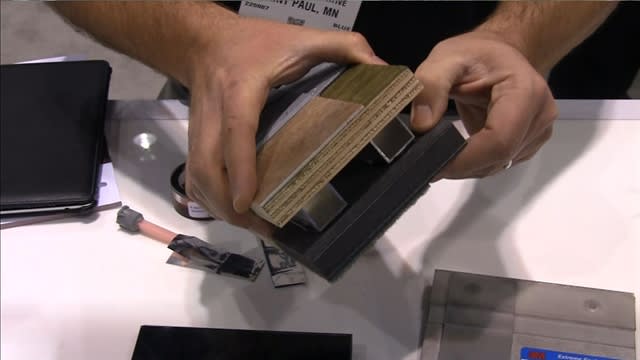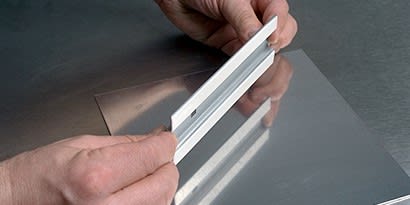Danandersen
Mechanical
- May 12, 2015
- 36
Hi guys,
I have a Natural gas engine made by Waukesh that keeps detonating.
I have tried cleaning and regapping the sparks this didn't help. I then replaced the sparks and the engine ran good for about 500 hrs. then it started detonating again - I found
a sticky valve on cylinder #2 so I replaced the head, now, about 1000 hrs down the road the engine is detonating again. I have checked my valve gaps, check O2 checked my carbs,
checked the intake temps and jacket temps all looks fine. with the one exception that when this is happening, the intake manifold pressure increases by 2 lbs.
Any thoughts?
Thanks guys.
I have a Natural gas engine made by Waukesh that keeps detonating.
I have tried cleaning and regapping the sparks this didn't help. I then replaced the sparks and the engine ran good for about 500 hrs. then it started detonating again - I found
a sticky valve on cylinder #2 so I replaced the head, now, about 1000 hrs down the road the engine is detonating again. I have checked my valve gaps, check O2 checked my carbs,
checked the intake temps and jacket temps all looks fine. with the one exception that when this is happening, the intake manifold pressure increases by 2 lbs.
Any thoughts?
Thanks guys.





![[wink] [wink] [wink]](/data/assets/smilies/wink.gif)